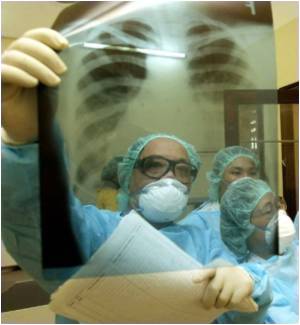
‘UnaG method can directly measure the concentration of unconjugated bilirubin in the blood to a sensitivity of 10,000 times that of current conventional methods.’
Tweet it Now
Current conventional methods for measuring bilirubin in Japan are not unified. In addition, in current methods discrepant results have occurred caused by different methods. Most importantly, these current methods lead to inaccurate results due to interference by hemoglobin and lipids, which are often included in clinical serum samples of preterm or sickly newborn infants. Pediatricians, especially neonatologists, needed a highly sensitive method that could measure bilirubin without interference by hemoglobin and lipids based on small blood samples. Project Professor Morioka's team focused on UnaG, a fluorescent protein taken from the muscles of Japanese eels developed in 2013 by Dr. MIYAWAKI Atsushi. The UnaG method can directly measure the concentration of unconjugated bilirubin in the blood to a sensitivity of 10,000 times that of current conventional methods.
The team carried out extensive experiments to confirm the accuracy of measuring unconjugated bilirubin using the UnaG method, and examine whether this result is affected by phototherapy, conjugated hyperbilirubinemia, hemolysis, or lipids.
After analyzing 140 serum samples from 92 newborns (including 35 samples from infants receiving phototherapy), the team recorded a highly positive correlation between the results measured using bilirubinoxidase (a current conventional method) and the UnaG method. The data was unaffected by phototherapy. They also confirmed that the UnaG method results were not affected by interference from conjugated bilirubin, hemoglobin, or lipids.
Advertisement













